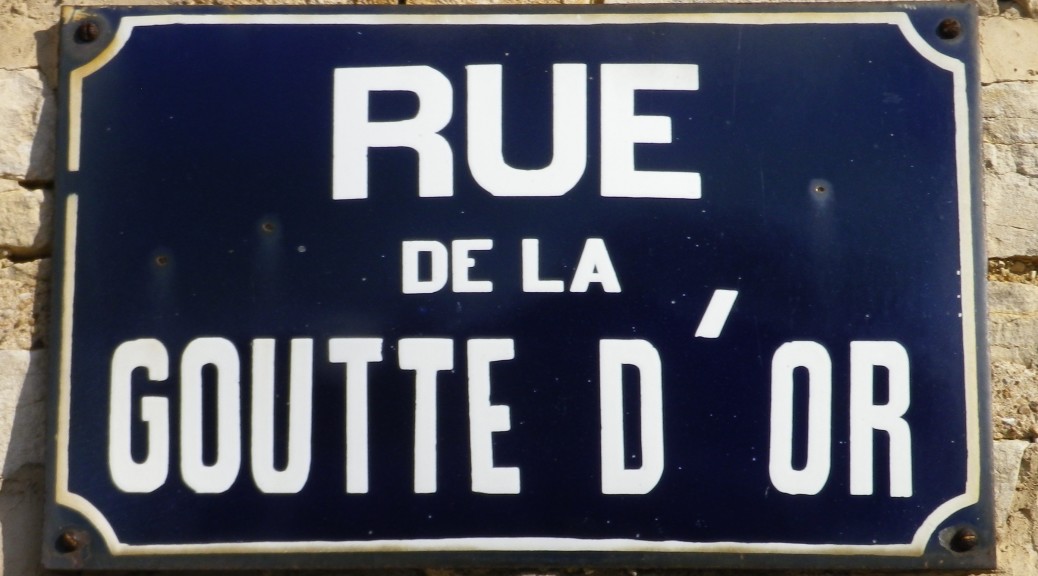What I Learned:
This post is about Chardonnay, the grape and the wine, and its unique expression in the area around Meursault, in the heart of white Burgundy wine country.
Chardonnay is an adaptable grape. It tolerates a diverse range of soils, and climates. Consider its range: from Washington State to China, and below the equator too, from South Africa to Chile and then Australia. Within Europe, a key northern location is in the cool, rainy Champagne region, where it usually comprises part of a champagne blend, whereas a major southern Chardonnay viticulture center is in hot, dry southern Sicily.
Yet the Burgundy region, with its temperamental climate (sometimes hot and dry, other times cool and rainy) is the true home to this varietal. It was first identified as its own varietal in the sixteenth century, in La Roche-Vineuse, a village not all that far from the village from which it takes its name: Chardonnay. Both places are closer to Macon, than to the Cote du Beaune. Nonetheless, the Cote du Beaune holds the fame and glory for what it does with this luscious grape. Here, the grapes do very well in its limestone soils. (Further west, in the Chablis region, they arguably do just as well in the chalk soils.)
Within the Cote de Beaune district, Chardonnay does exceptionally well in the area around Meursault. Its premiers crus wines, come from the vineyards of Gouttes d’Or (the street sign photo above indicates the way to it), Les Charmes, Les Genevrieres, Les Santenots, and Le Porusot, among others. (Just south of Meursault, Puligny-Montrachet and Chassagne-Montrachet, also have famous grands crus white wines.) Chardonnay wines produced in these vineyards can be capable of great layers of complex flavors. Wineries dating back centuries help ensure a large and steady supply of experienced vintners, whose work results in delicious and unique Chardonnay wines that can keep for up to a decade, or even longer in the case of Grands Crus.
What I Tasted:
2013 Chardonnay, Clos des Corvees de Citeau, Appellation Meursault Controlee, Domaine Chavy-Chouet: A dry white wine with medium-dark gold color; peach and melon notes, overlaid by a spiciness; mildly acidic, well-balanced overall.
2013 Chardonnay, Le Limozin, Appellation Meursault Controlee, Domaine Pascal Pouhin; a dry white wine with medium gold color; slight honey, spice and mineral notes; medium acidity.
2013 Chardonnay, Sous le Puits, Premier Cru, Appellation Puligny-Montrachet Controlee, Domaine Bouton Gilles et Fils: A dry white wine with light gold color; an herbal nose, with herbal and mineral flavors, a medium body with medium-high acidity.
2012 Chardonnay, Auxey-Duresses, Appellation d’Origine Controlee, Fabien Coche-Bouillot: A dry white wine with medium gold color; nose of vanilla and spice; flavors of wood, vanilla and spice; flavors cascade nicely in layers, medium acidity.
2012 Chardonnay, Les Grands Charrons, Appellation Meursault Controlee, Michel Bouzereau et Fils; a dry white wine with medium gold color; notes of include honey and spice, with a slight minerality; medium acidity.
2011 Chardonnay, Appellation Meursault Controlee, Chateau de Meursault; a dry white wine with a light to medium gold color; a mineral nose, and vanilla, honey and smoky flavors, medium acidity and medium finish.
